Full Guide To Blue Aventurine vs. Sodalite (This Is The Difference)

In order to work with our crystals effectively, we need to understand their properties. With crystals that look similar or have similar uses, such as blue aventurine and sodalite it can be difficult to determine which one to work with. The answer should always be; the one that you are drawn to the most. However, if you are looking to find the difference in physical appearance as well as metaphysical properties, you’ll find your answer here.
Sodalite and aventurine can both be different shades of blue, but sodalite has white veins running through it, whereas blue aventurine has small inclusions that make it look like it has glitter inside. Aventurine is also slightly harder than sodalite. Blue aventurine helps us with communication and intellect, while sodalite helps with our intuition and regulating emotions.
Continue reading if you want to know more about the (physical) qualities of these stones, as well as how you can use them in your spiritual practice.
Also read: Aventurine vs. Amazonite – What’s The Difference?
Want more help or information? If you have any more questions after reading this blog post or want a personal answer for your specific situation, join the free Facebook group! We promise you’ll get an answer from either our team members or a community member.
Blue Aventurine vs. Sodalite – How To Tell The Difference?
In order to understand the difference between these two stones, we can look at the color, shape, pattern, clarity, and more. Below we’ll describe all these aspects in detail.
Chemical Composition
Blue aventurine, just like any other type of aventurine, is a type of quartz. However, unlike other types of quartz, like citrine or amethyst, aventurine has mica inclusion. This is a shiny mineral, that gives this stone a sparkling effect.
Sodalite, on the other hand, is part of the feldspathoidal group. This is not to be confused with feldspars, which have more silica in them.
Sodalite is often found in places where volcanic rock is formed; as these areas have so little aluminum and silicon, quartz and feldspar cannot be found. There is, however, a lot of sodium in the ground, which is where sodalite got its name from.
Color
In terms of color, both stones come in different variations. However, for the blue variety, aventurine is generally paler, whereas sodalite can be so dark it almost looks black. Aventurine also comes in green (most commonly), red, brown, yellow, or grey.
Blue aventurine gets the blue color from the dumortierite in it, which creates beautifully patterned layers.
The most common sodalite is royal blue to purplish, but it also comes in pink, green, yellow, and grey colors.


Pattern and Clarity
Blue aventurine is translucent with flake-shaped inclusions of mica, giving the stone a glittery effect also called aventurescence. Aventurine gets its name from this effect. It is derived from the Italian “a ventura” which translates to “by chance”. It alludes to the fact that aventurine glass was accidentally found in Italy, at some point in the 18th century. Some sources also tell us that it is named this because the stone is supposed to bring luck to the user.
Whereas aventurine is a translucent stone, sodalite can also be opaque when found in larger slabs.
One of the best ways to differentiate sodalite from aventurine is by looking at the inclusions. As you now know, aventurine has a glittery effect as a result of mica inclusions. Sodalite has white calcite inclusions running through the stone, like veins.
Hardness
A blue aventurine is a harder stone compared to sodalite. Blue aventurine rates 7 on the Mohs scale, while sodalite will rate 5.5 – 6.
If you’re unfamiliar, the Mohs scale of hardness determines a stone’s hardness by measuring how scratch-resistant it is. According to this scale, a stone can scratch any other mineral with a lower score. For reference, talc is a 1, whereas diamond is a 10.
As a result, aventurine can scratch sodalite, but sodalite cannot scratch aventurine.
Location
Most blue aventurine comes from Chennai in India. Over the years, blue aventurines have been found in Brazil and Russia.
Sodalite was first discovered in Greenland, but is also is found in Canada, Brazil, and Namibia.
Also read: Amazonite vs. Turquoise: What is the Difference?
Care
Just like any other crystal or gemstone, you probably want to clean these every once in a while.
As a result of their hardness, both aventurine and sodalite won’t immediately be hurt by water. It is therefore entirely possible to remove any accumulated dust by running them under water or wiping them with a damp cloth. You could also use a little gentle soap if you wish.
However, we never recommend soaking any mineral in water over extended periods of time, as these will eventually turn a stone brittle or dull. Luckily, a quick rinse won’t hurt them.
Let’s also talk about how to energetically cleanse and recharge these stones. Just like any other crystals, they are likely to absorb negative energy. In order to continue working with them effectively, it’s beneficial to rid them of this energy regularly, as well as refill them with positive ones.
Cleansing, again, can be done by rinsing these stones under running water. You could also bury them in the ground or brown rice for 24 hours.
Recharging can be done by leaving them on selenite or clear quartz for 24 hours, smoke cleansing, or leaving them under the light of a full moon for a night. We do not recommend sunlight, as this could potentially cause the stones to fade.
Also, be extra careful with any stones that have any fractures, and do not expose these to heat, water, or chemicals at all, as this will allow them to break.
Blue Aventurine vs. Sodalite – Healing Properties
Beware that crystals are never a replacement for professional medical help. If you have any issues, see a doctor first.
Both blue aventurine and sodalite can be powerful in healing, both for the physical and emotional body.
For your physical body, blue aventurine can help with hormonal imbalances and strengthen the respiratory system. It can also be helpful in dealing with migraines, insomnia, and ear and eye problems.
Sodalite, on the other hand, can help heal throat illnesses, lower blood pressure, regulate estrogen levels in the body, increase libido and soothe menstrual cramps.
For your emotional body, blue aventurines can help encourage optimism, balance emotions, and invite logic and reasoning. This stone is also believed to bring luck.
Sodalite will stimulate the heart and third eye chakra, unlock your psychic abilities, and curb habits associated with guilt and fear.


Uses
As always with crystals and gemstones, there are different ways that we can work with them. We recommend that you try some out and figure out what works best for you.
Jewelry
Blue aventurine and sodalite make great jewelry pieces like pendants and necklaces worn. Wear them as talismans for protection and luck and make sure they are in contact with the skin. Wearing the crystals helps us as we are working with the stone throughout the day, not just when we meditate with them.
Also read: Amazonite vs. Aquamarine – What is the Difference?
Meditation
You can, however, choose to meditate with them. This helps us to be mindful in working with the stones and actively work without intentions. If you’re new to meditation, following a guided mediation can be helpful. This way, you won’t feel like you’re doing anything ‘wrong’, and it helps you to stay present. As both blue aventurine and sodalite are associated with the throat chakra, you’ll find a guided meditation that you can use for both of these stones below.
Home
In a home, these stones can be used for Feng shui. Blue aventurine and sodalite utilize the water element, which represents rebirth, our emotional balance, and flow. Inviting the water energies in your home allows for better communication and tranquility. Make sure to place them in the East, Southeast, and North of your home.
Beauty
Crystals are also used in beauty products such as facial rollers and gua-shas. Blue Aventurine is used for de-puffing, soothing, and cooling the skin.
Sodalite is mostly known in traditional Chinese culture, as it is believed to have anti-aging properties to improve skin elasticity.
Zodiac Signs & Birthstone
Neither blue aventurine nor sodalite is a birthstone. Still, we can look at the associated planets to determine which signs are relevant for these crystals.
Blue Aventurine is associated with Mercury, which also rules Gemini and Virgo. For Gemini, aventurine can help this sometimes overly anxious and indecisive sign to make the right choices and feel calm and confident in doing so. For Virgo, it can help them to be a little less anxious, as well as help them be less critical of themselves.
Sodalite is generally associated with the Moon, but sometimes also with Jupiter and Venus. As it is most commonly associated with the Moon, it is linked to Cancer. Sodalite is known to bring out a person’s logical side, which might be exactly what this highly spiritual sign needs sometimes.



Chakra Association
Chakras are the different energy points in our body. There are 7, each of them linked to a certain aspect of our lives. Both stones are associated with the third eye and throat chakra. Below you’ll find a quick overview of each chakra as well as what they represent:
- Root chakra (Muladhara) is represented by black/red and is located at the base of the spine. This chakra is related to stability.
- Sacral Chakra (Svadihsthana/ spleen) is represented by orange and is located below the navel. The sacral chakra is associated with feelings and sensuality.
- Solar Plexus Chakra (Manipura) is represented by yellow and is located above the naval. The solar plexus chakra is related to intellect.
- Heart Chakra (Anahata) is represented by green/pink and is located in the chest area. This chakra is associated with loving and emotional healing.
- Throat Chakra (Vishuddha) Is represented by blue and is located at the end of the throat. This chakra is associated with communication and tangible dialogues.
- Third Eye Chakra (Ajna) Is represented by indigo and is located between the eyebrows. The chakra is related to spiritual understanding.
- Crown Chakra (Sahasrara) is represented by white and is seen as our connection to the divine.
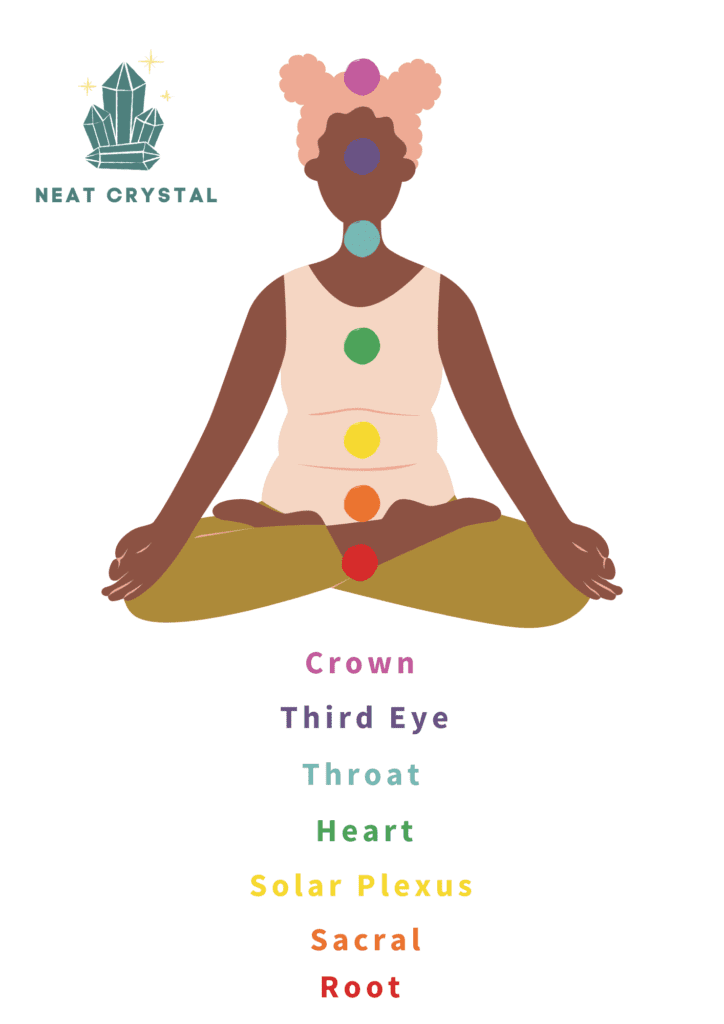
The stones are linked to the throat chakra because of their blue color. The throat chakra is responsible for communication and mental healing. Through the throat chakra, the other energy points can communicate their needs.
These two stones also stimulate the third eye chakra. This chakra is associated with psychic and intuitive abilities and communication with our spirit guides.
Elements
Many cultures have developed the idea of elements to explain nature. In the west, this notion was created by the ancient Greeks and consisted of 4 elements: Earth, Air, Fire, and Water. In India, another element is added: Akasha, representing the foundation of the other elements. By looking at a crystal’s or gemstone’s properties, we can determine which element fits best. Both blue aventurine and sodalite are associated with nature’s water and air elements.
The 4 elements represent the following:
- Earth for personal growth, stability, and security
- Water for love, friendships, and emotions
- Air for intellect, wisdom, and communication
- Fire for energy, passion, and action


Numerology
The numerical vibration of a blue aventurine crystal is three, while sodalite vibrates at 4.
Number 3 in numerology signifies independence and confidence. Number 3 crystals remind us to hold our esteem high at all times. Number 4 signifies grounding and stability. Crystals that resonate with this number will encourage responsibility and reliability in our lives and relationships with others.
Ruling Planets
As mentioned, blue aventurine is ruled by mercury, which is the planet of communication, intellect and memory. Crystals associated with this planet help us to communicate with clarity and help clear up mental fog. They can also help us in any situation we need to memorize things, making this a great crystal to have with you whilst studying.
For sodalite, this crystal is associated with the Moon. This is the ‘planet’ or celestial body that represents secrecy, intuition, and our emotions. Crystals associated with this planet help us to sort out our feelings but also unlock psychic abilities.
Best Combinations
To get the most out of our work with crystals, it can be incredibly beneficial to pair and combine crystals with similar properties. This way, they can strengthen and enhance each other. Below you’ll find some interesting options.
- Blue aventurine can be paired with celestite or green fluorite to enhance psychic abilities and intuition.
- Blue aventurine combined with lapis lazuli or sodalite will activate and clear the throat chakra.
- Blue aventurine can be combined with tourmaline or hematite to overcome addictions.
- Sodalite can be paired with lapis lazuli and any indigo or purple stone to activate the third eye chakra and bring calmness and healing.
- Sodalite with turquoise will invite success.
- Sodalite and amethyst are excellent combinations for mental clarity and logical thinking.

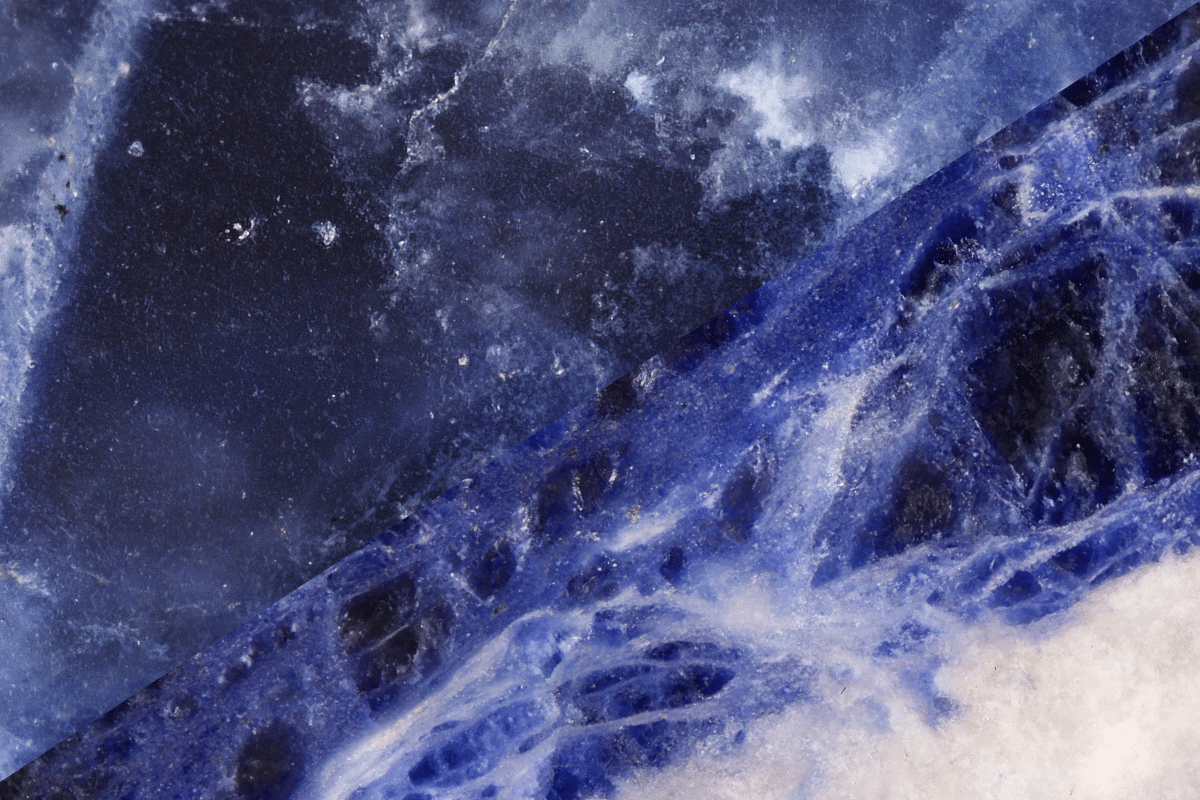
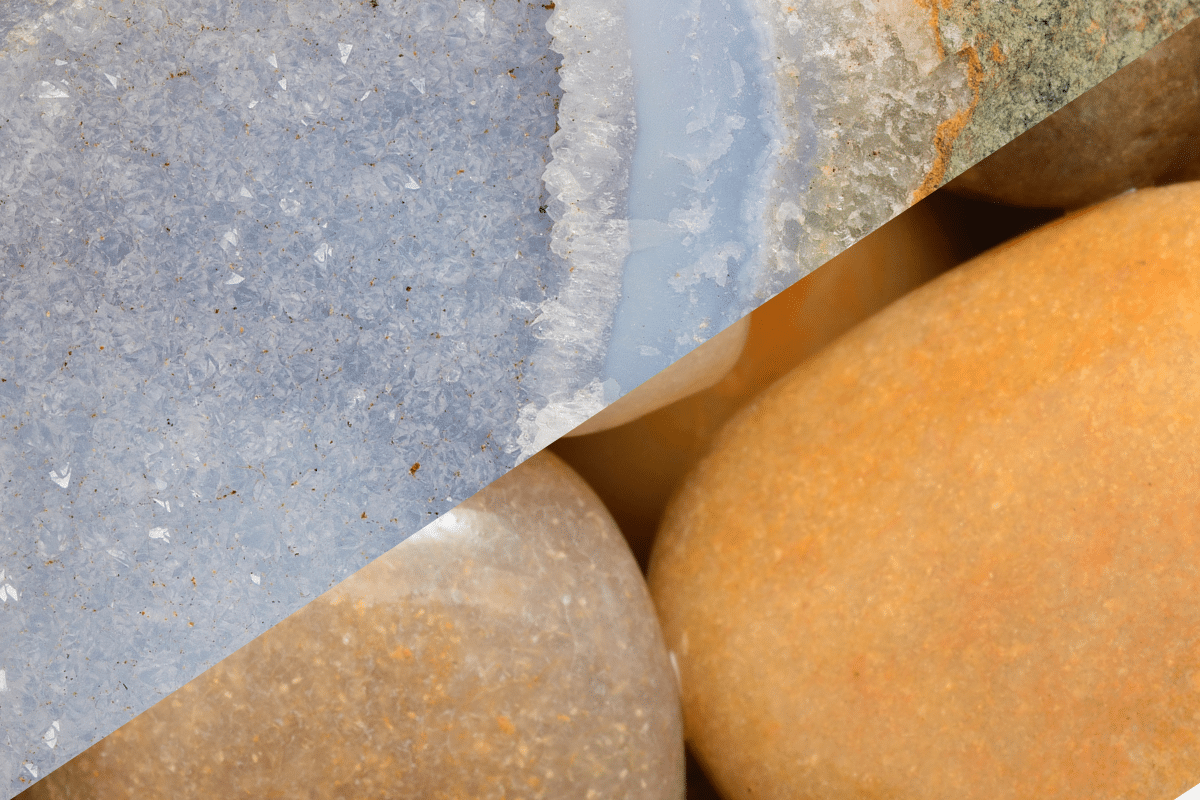

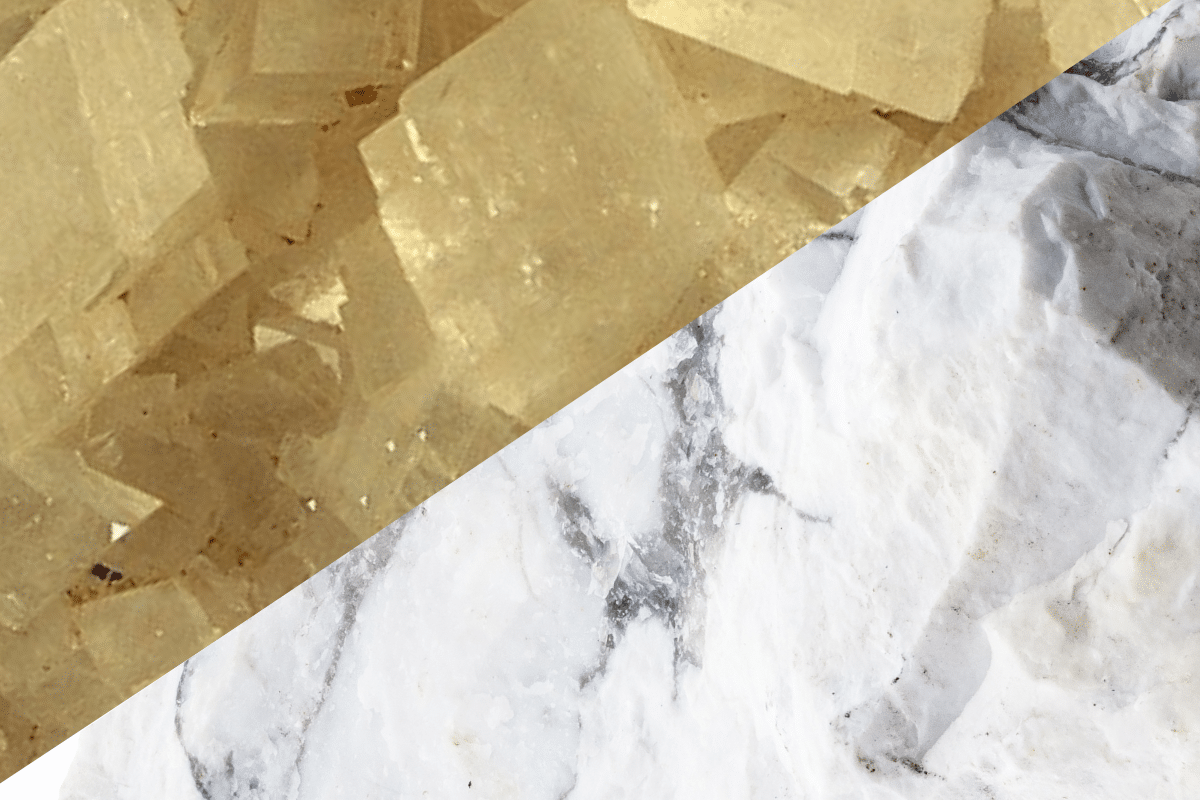

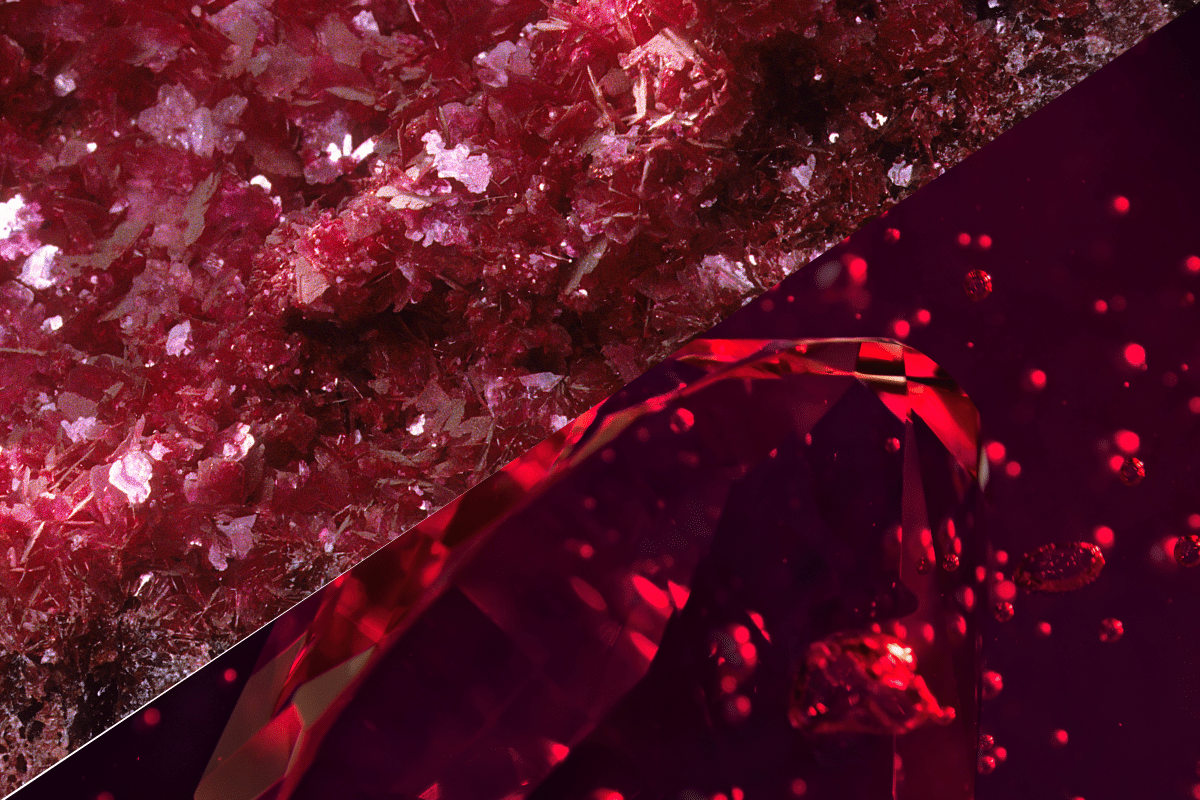
5 Comments